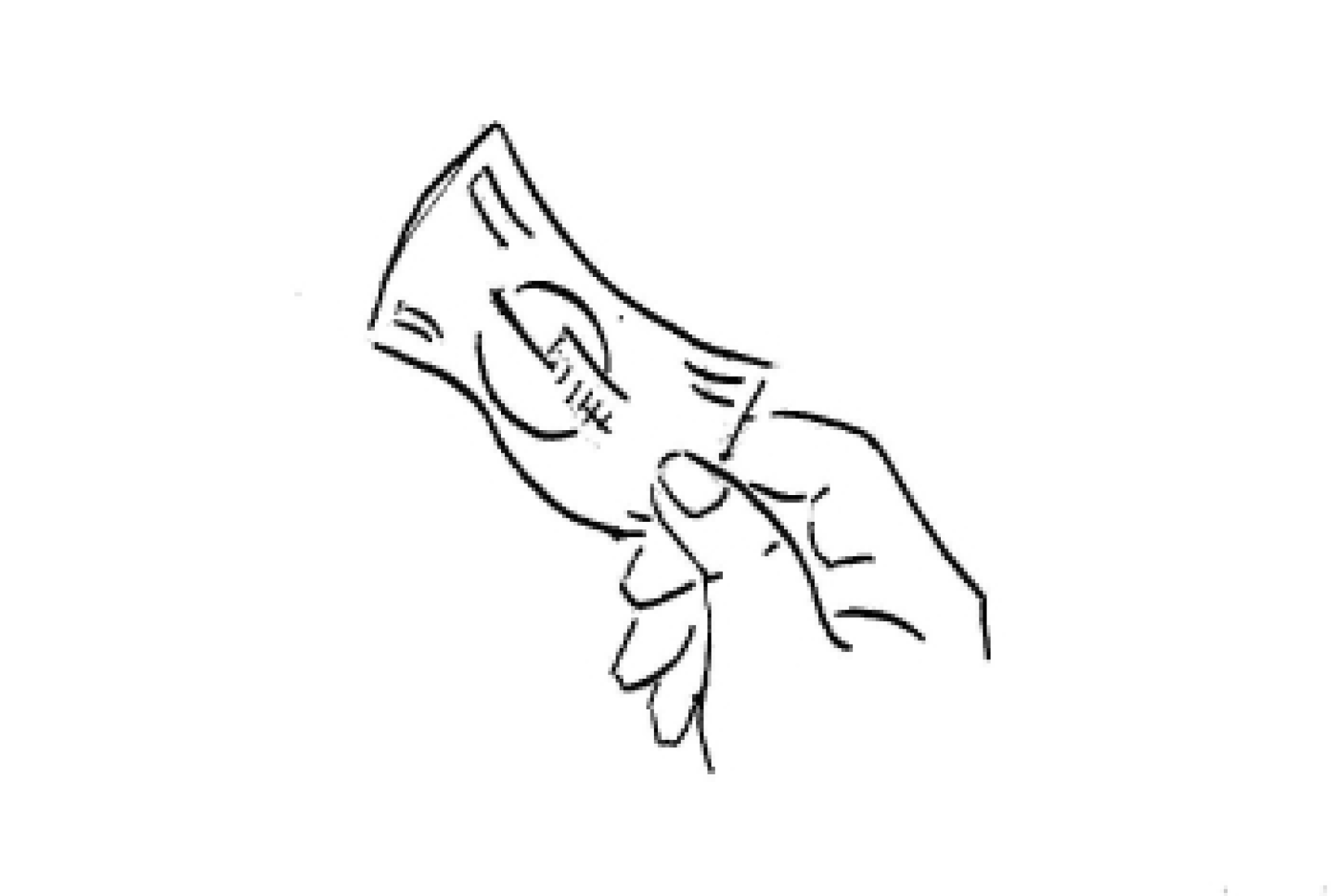
The Context
You show up at the concert. The band comes out on stage. You scream and clap and sing and dance along. And about ten minutes into the show, they start playing your favorite song. Your jam. The one tune you came to to hear. It's pure bliss. You're rocking out on your air guitar like a virtuoso. Time stands still for those few minutes. Eventually, the song comes to an end and the sweat pours down your face and your voice goes hoarse, and you think to yourself, wow, now that was worth the price of admission. You could go home right now and feel completely satisfied with this experience. How many times have you had this moment? Not only in a concert environment, but anytime someone delivered value to you. It happens on a daily basis.
The Tool
Price Of Admission
PRICE OF ADMISSION -- Tracking and pinpointing when customers experience the aha moment of seeing your value
This is a key moment in any kind of economic exchange, whether it's audience and performer, customer and technology, client and service provider, or employee and employer. Because realizing the financial success of an investment is one thing, but achieving the effectiveness of that investment is another. Tech companies coined a term for this, they call it time to value. It's the interval between a business request and the initial delivery of that request. It's the amount of time between the beginning of an action and the value that the customer receives from the action taken. Naturally, the goal of any business is to minimize this interval. In order to realize some level of business gain as quickly as possible, brands need to create products and services with a quick time to value. In short, they need to do something that makes people think, wow, now that was worth the price of admission. Now, when you or your business experiences one of these moments, the most important response is not only gratitude, but also curiosity. What went right in that exchange? Why did this customer receive such a quick and high return on investment? What song was sung that made this individual believe it was worth the price of admission? Once you figure that out, now you have enough data to start replicating the success.

Scott's Take
Many years ago during the launch of my paid mentoring program, one of my first clients sent me a testimonial that crystallize this concept for me. Gilly said she was a supporter of the approach that mentoring shouldn't be a paid activity, as it has the potential to change the dynamics of the relationship and create a power imbalance. But after our initial session together, she told me, the fact that she had paid something to be working with me completely left her mind. As far as she was concerned, the value of that exchange, and subsequent exchanges of wisdom and knowledge, far outweighed any payment. Talk about time to value. My client verified that the promised improvement had become measurable. It was worth the price of admission.
The Rest
Reverse engineering the price of admission is certainly not perfect, as every customer is different, businesses change over time and technology evolves. But by becoming more conscious of this metric, you can reduce the amount of time it takes a new customer to realize value from your brand, leading to greater product stickiness and lower customer churn. How could you create enough value to stimulate price amnesia?
The Benefits
Earn credibility, trust and confidence during onboarding
Provide a positive return on investment early a new relationship
Achieve greater product stickiness and lower customer churn
Accurately forecast changes you need to make to your sales funnel and marketing strategies